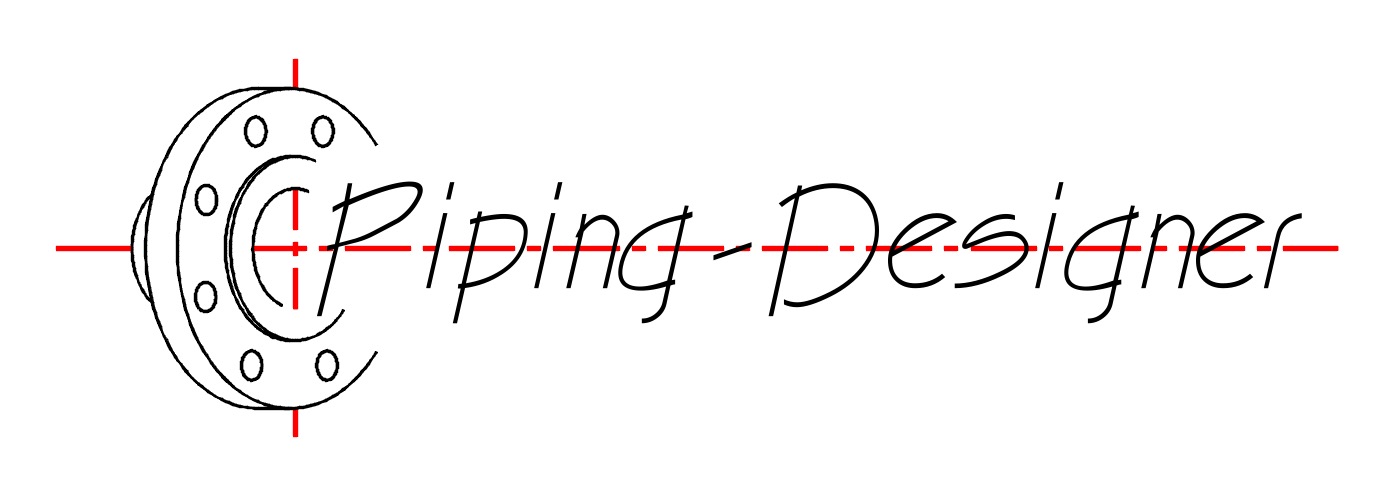Vertical Curvature for Deviated Well
Vertical Curvature for Deviated Well Formula |
||
| \( VC \;=\; ( I_d - I_o ) \cdot \dfrac{ 100 }{ \partial L} \) | ||
| Symbol | English | Metric |
| \( VC \) = Vertical Curvature for Deviated Well | \(deg\;/\; ft\) | - |
| \( I_d \) = Desired Hole Inclination | \(deg\) | - |
| \( I_o \) = Original Hole Inclination | \(deg\) | - |
| \( \partial L \) = Course Length (Infinitesimal Change) | \(ft\) | - |
Deviated well, also called directional drilling, involves intentionally drilling a wellbore that departs from a vertical path at a specific angle to reach a subsurface target that is not directly beneath the drilling rig. This technique allows access to oil and gas reservoirs or other geological formations that would be difficult or impossible to reach with a vertical well. The process involves using specialized tools and techniques to steer the drill bit along a planned trajectory. This often includes downhole motors with bent housings or rotary steerable systems that allow for controlled changes in the well's inclination and azimuth. Measurement-while-drilling (MWD) and logging-while-drilling (LWD) tools are crucial for monitoring the well's path and formation properties in real-time, enabling drillers to make necessary adjustments to stay on target. Deviated drilling is essential in various scenarios, such as offshore drilling from a single platform to access multiple reservoir locations, reaching reservoirs beneath inaccessible surface locations like cities or rivers, drilling relief wells to control blowouts, and enhancing reservoir contact in horizontal wells to improve production rates.
Key Points about Vertical Curvature in Deviated Wells

